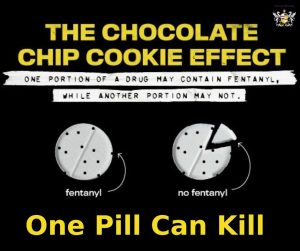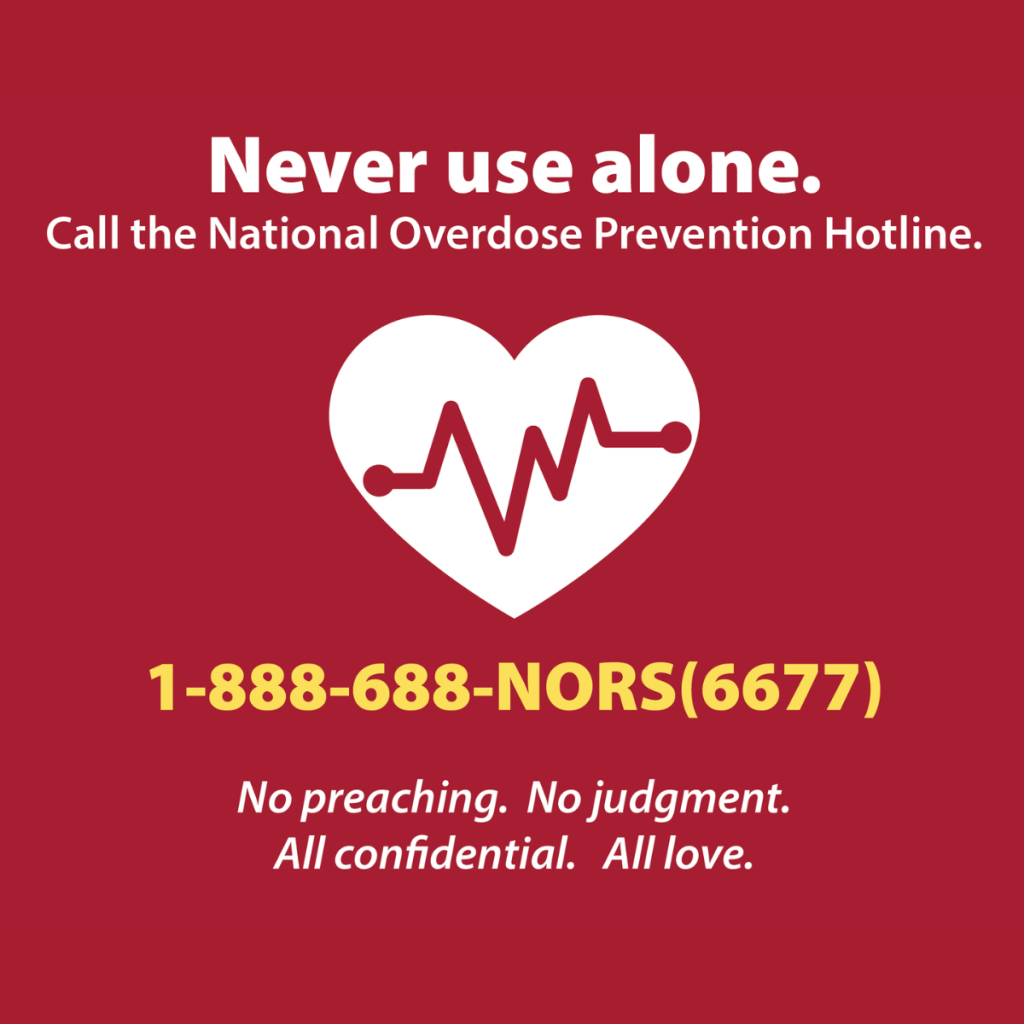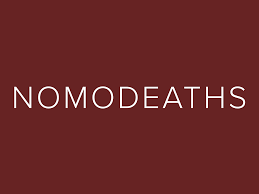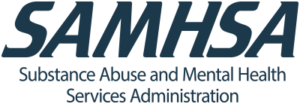Overdose Awareness and Resources
Save A Life
Zero Overdose Initiative
At Compass Health Network, we are committed to reducing overdose events and strengthening harm reduction efforts to inspire hope, promote wellness, and save lives. Our focus is on expanding access to overdose safety planning and education for individuals and communities at risk. For more information on the Zero Overdose Initiative, click the image →
Overdose Information, Education, and Resources
SIGNS OF OVERDOSE
& How to Respond
You might see:
- Heavy breathing, snoring, or gurgling
- Small, constricted “pinpoint” pupils
- Discolored skin (nails or lips)
- Unresponsive but awake
- Slow or erratic pulse
- Limp body
They might experience:
- Seizures
- Chest pain
- Drowsiness
- Hallucinations
- Visual disturbances
- Diarrhea, stomach pain
What to do:
- Call 911 immediately
- Administer naloxone, if available
- Try to keep the person awake & breathing
- Lay the person on their side to prevent choking
- Stay with the person until emergency assistance arrives
Missouri Overdose Information
Missouri Overdose Information — MIMH Addiction Science
Report an Overdose — MIMH Addiction Science
Get Training — MIMH Addiction Science
Narcan and Fentanyl Test Strips
What is Naloxone?
Fentanyl Test Strips (FTS)
Fentanyl Test Strips (FTS) are a low-cost harm reduction tool that can be used to prevent overdoses in combination with other strategies. FTS are small strips of paper that can detect the presence of fentanyl in different kinds of drugs (cocaine, methamphetamine, heroin, etc.) and drug forms (pills, powder, and injectables). FTS can inform people about the presence of fentanyl so they can take steps to reduce their risk of overdose. While FTS are an important harm reduction tool, they may not work in all cases. Further, they can’t tell you how much fentanyl is in a sample, just if it contains fentanyl. Drugs may contain deadly levels of fentanyl, and you wouldn’t be able to see it, taste it, or smell it. It is not possible to tell if drugs have been mixed with fentanyl unless they are being tested.
Resources: Naloxone DrugFacts | National Institute on Drug Abuse (NIDA)

The “chocolate chip cookie effect” is a term used to describe the uneven distribution of fentanyl or other active substances within a batch of illicit drugs, especially in the form of pills or powders. This uneven distribution is a significant danger to those who use these drugs, even if they attempt to test them.
Here is how the analogy works:
The cookie: represents the entire batch of drug, such as a pressed pill or a bag of powder.
The chocolate chips: represent the fentanyl or other potent substances mixed within the drug.
In summary, the chocolate chip cookie effect is a critical reminder of the dangers of using illicit drugs due to the unpredictable and uneven presence of potent substances like fentanyl.
In addition to using fentanyl test strips to know if fentanyl is in your drugs, there are other ways to lower your risk of overdose. You can take steps to keep yourself and others safe:
- Keep naloxone readily available on you and at home. Naloxone is available in all 50 states. If you have been prescribed high-dose opioids, talk to your doctor about co-prescribing naloxone. You can also get naloxone at your local pharmacy, without a prescription or from community-based naloxone programs and most syringe services programs.
- Avoid mixing drugs. Mixing multiple stimulants like methamphetamine and cocaine, depressants like opioids and alcohol, or a combination of both can cause harm and potentially death.5
- Don’t rely on a previous source or experience. Knowing where your drugs come from doesn’t mean they’re safe. And even if you have used drugs before, your body could react differently every time.
- Never use drugs alone. Make sure the people around you are aware when you have taken drugs in case they need to give you naloxone or call for emergency assistance.
- Ask for help if you’re ready to get treatment for your addiction. Recovery from substance use disorders is possible—it’s okay to ask for help. You can find evidence-based treatment and service options near you by visiting findtreatment.gov or by calling the 24/7, National Helpline at 800-662-HELP (4357).
Request Naloxone & Fentanyl Test Strips:
UMSL – Naloxone Request Form:
Get MO Naloxone
NOMODEATHS
NoMoDeaths

- Never Use Alone is the US National Overdose Response line that people can call when they’re using by themselves, with no to call for help. One of our volunteer operators will take your location information, and alert EMS to that location if you stop responding after using.
- All operators are people with lived experience. No one will ever judge you, shame you, or preach at you about quitting. If you ask for help, we will go to the end of the earth to get you whatever type you feel that you need.
- All calls are confidential. No one will ever know you called, and we never share your information with anyone other than EMS if we need to alert them.
Additional Resources

- Main Line:
1-844-853-8937
Behavioral Health Crisis Line:
1-888-237-4567 (or call 988) - Substance Use Disorder | Compass Health Network
- Individuals seeking services can present to any of our Compass Health Open Access sites for assessment and enrollment, Monday – Friday, 8:00 a.m. to 4:00 p.m.
- Services can potentially begin same-day.

EPICC providers 24/7/365 referral and linkage services for patients residing in targeted regions who present to a hospital due to an overdose or other substance use crisis due to opioid, stimulant or alcohol use to establish immediate connections to recovery support services, substance use treatment, and medication-assisted (MAT) services.
Central Region:
1-800-395-2132
Eastern Region:
1-314-930-9384
Southeast Region:
1-866-651-3665
Southwest Region:
1-800-494-7355
Western Region:
1-816-412-9417

If you or someone you know is uninsured and has an Opioid Use Disorder (OUD), please click here or contact one of the agencies listed in the map below to learn more. Your recovery is important to us. If you do not reach someone right away, please continue to be patient and call all of the treatment agencies in your area. Buprenorphine, naltrexone/Vivitrol, and methadone are all options to treat OUD. Ask your treatment agency which medication may be best for you.

If you or someone you know is uninsured and has an Opioid Use Disorder (OUD), please click here or contact one of the agencies listed in the map below to learn more. Your recovery is important to us. If you do not reach someone right away, please continue to be patient and call all of the treatment agencies in your area. Buprenorphine, naltrexone/Vivitrol, and methadone are all options to treat OUD. Ask your treatment agency which medication may be best for you.



